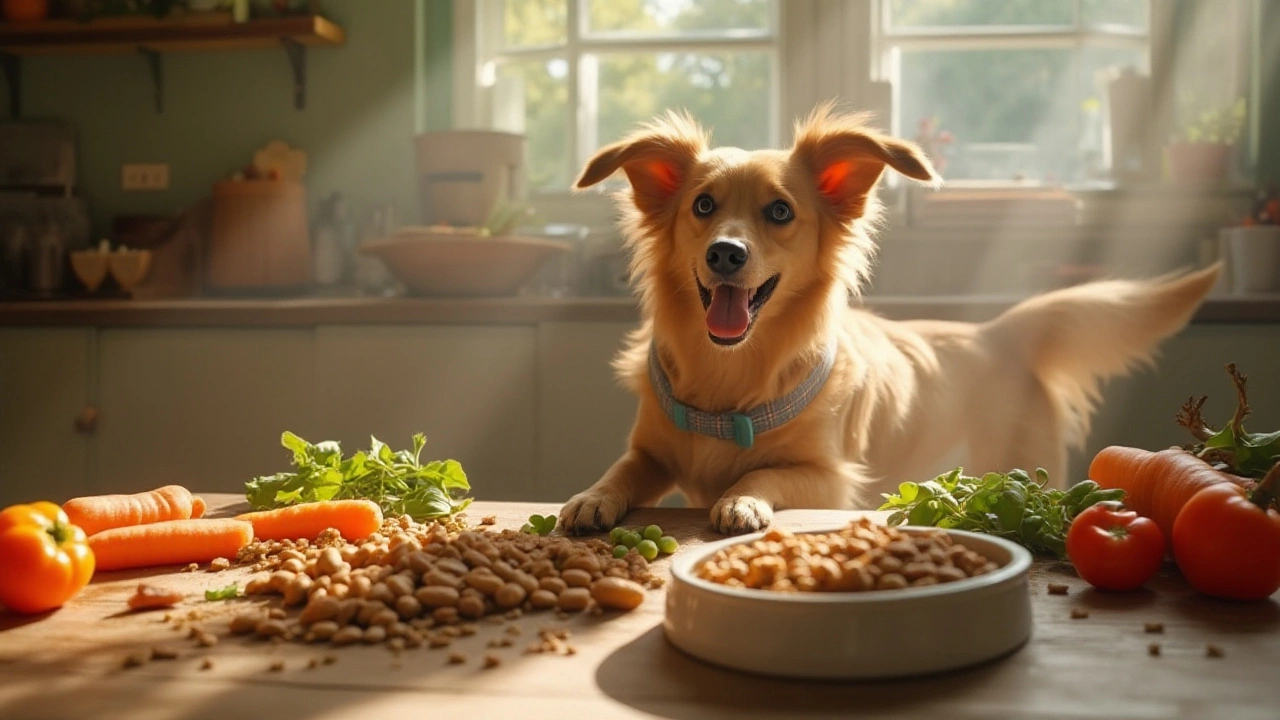Budget Feeding for Dogs: Eat Well, Spend Less
If you think feeding a dog has to cost a fortune, think again. You can give your pup the nutrition they need without emptying your wallet. The key is planning, choosing the right ingredients, and being a little clever at the grocery store. Below are practical steps that any dog owner can follow right now.
Smart Shopping Strategies
First, make a list before you head out. Knowing exactly what you need stops impulse buys that add up fast. Look for sales on bulk meat, rice, and veggies – these are the building blocks of a balanced diet. When you find a good deal, buy extra and freeze portions for later. Frozen meat costs less than fresh and lasts months.
Don’t overlook discount stores or online bulk suppliers. A 5‑kg bag of chicken thighs can be far cheaper than a small pack from a premium pet shop. Check the label for any added fillers; plain meat is usually the best value.
Another tip: compare unit prices. A 500‑gram pack might seem cheap, but a 1‑kg bag could be half the price per gram. Using the unit price column on the shelf saves you from hidden costs.
Finally, use coupons and loyalty programs. Many supermarkets offer printable coupons for pet food, and some pet stores give points that turn into discounts. Stack a coupon with a sale and you’ll see big savings.
Low‑Cost Homemade Meals
Home‑cooked meals give you control over quality and cost. A simple recipe is: 50% lean meat, 25% cooked rice, and 25% mixed vegetables. Boil the meat, stir in rice, and add steamed carrots or peas. This combo provides protein, carbs, and fiber – the basics a dog needs.
If you’re on a very tight budget, use ground turkey or chicken instead of premium cuts. These are cheaper and still pack the protein you want. For carbs, brown rice is affordable and easy to cook in bulk. Sweet potatoes are a tasty alternative; they’re cheap when bought in bulk and rich in vitamins.
Don’t forget about safe treats. Small pieces of apple (no seeds), banana slices, or a spoonful of plain yogurt can be given as rewards without breaking the bank. They also add variety to your dog’s diet.
Keep a weekly rotation of proteins and veggies. This prevents boredom and balances nutrients. For example, week one could be chicken‑rice‑carrots, week two turkey‑sweet potato‑peas. Changing the mix keeps your dog happy and your meals interesting.
Before you switch to a homemade diet, check a vet or use an online nutrient calculator. You want to make sure the meals cover calcium, essential fatty acids, and vitamins. Small adjustments, like adding a calcium supplement or a dash of fish oil, can keep the diet complete without adding big costs.
With these habits, you’ll see your weekly dog‑food bill shrink dramatically. You’ll also know exactly what’s in each bowl, which means fewer surprises at the vet. Budget feeding isn’t about cutting corners; it’s about being smart with what you buy and how you prepare it.
Ready to start? Grab a pen, write your shopping list, and plan one homemade meal for next week. Your dog will love the fresh food, and your wallet will thank you.

Affordable Homemade Dog Food: Feeding Your Pup on a Budget
Feeding your dog nutritious meals doesn't have to break the bank. By understanding the basics of canine nutrition and utilizing budget-friendly ingredients, you can provide your furry friend with healthy, homemade meals. This guide offers practical tips and interesting facts to help you balance your dog's diet and your wallet.
View more